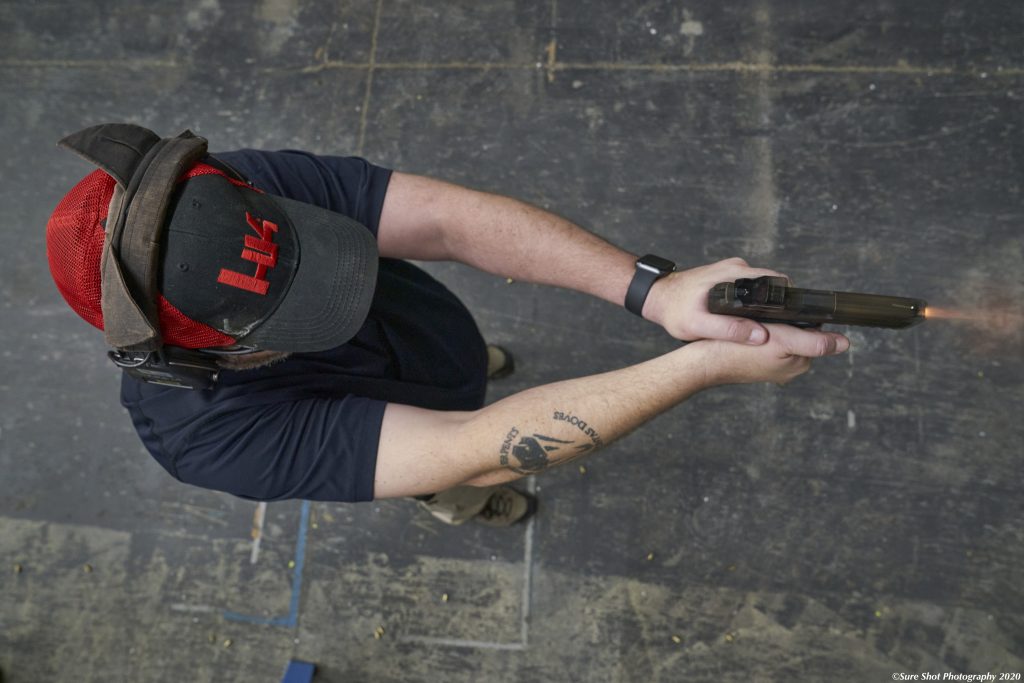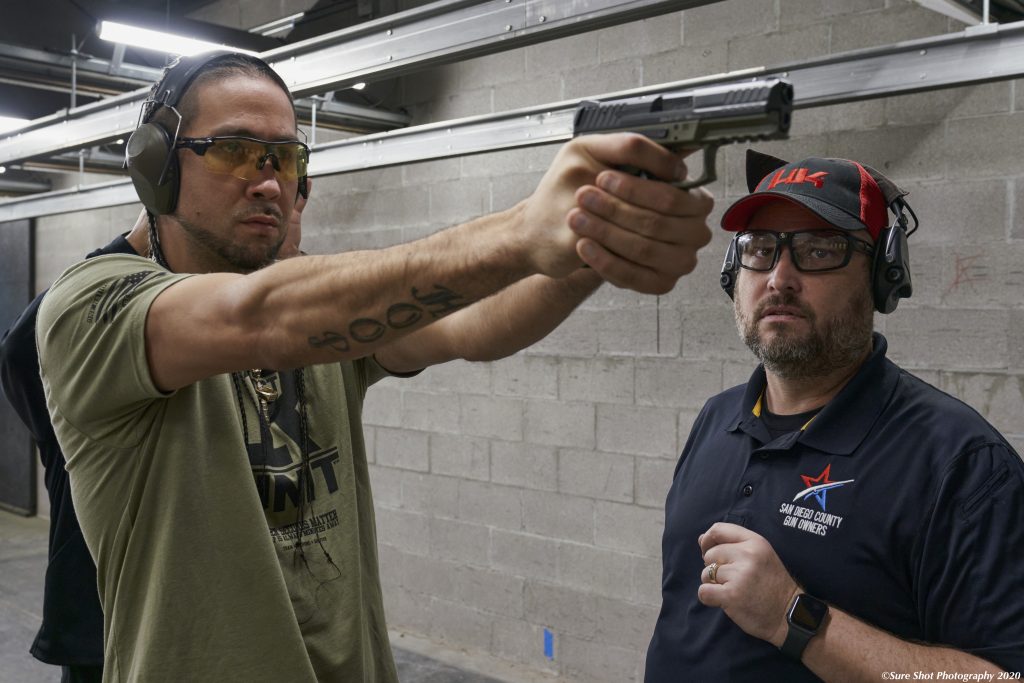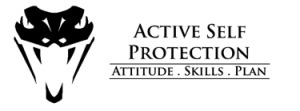Prepping for Your Next Range Trip to Get the Most from It

Who wouldn’t want to double the fun AND double the value of every range trip they take, right? You’d be foolish to turn down that offer! I think that every range trip is fun and is a great chance to learn and grow as a shooter (whether you’re a defensive practitioner, competitor, hunter, or plinker!), and these ideas will help you wring every bit of fun and growth from every round sent downrange.
First and foremost, what you do *between* range trips will make your next range trip either much better or worse. That starts with setting goals and making them SMART: Specific, Measurable, Achievable, Relevant, and Timely. (hat tip to George T. Doran for the acronym!) You can’t work on everything all the time, and making SMART goals gives you a target to hit.
Make the goal you want to achieve SMART by writing down all five parts of the acronym. Make it specific: what you want to do, whether it is a 2-second Bill Drill or a perfectly placed shot on a game animal. Then make it measurable: How will you know you’ve succeeded if you can’t measure success? Make sure it is achievable because that 2-second Bill Drill is spicy, and you might need to start at 3.5! Relevant is important because if you practice skills that you don’t need to meet your overall goal, you’re wasting time. And make a time to complete the goal and break that time down into parts and note the amount of time to work on those as well. If you set SMART goals, your range trips will take on new significance and your growth will make them more fun.

Since most of our improvement with firearms comes from dry practice, the biggest growth comes when we commit between range sessions to Do The Work and focus on our dry practice processes! It also guarantees that your next range session will be more fun as you see your dedication to the process pay off in results borne out over time on the range.
Now, what that dry practice routine looks like might vary depending on your goals. You might work competition reloads with your rifle, or shotgun swing technique for your skeet game or bird hunting. You might be on that draw to first shot in defensive handgun work or target transitions with your carbine. Whichever it is, set yourself some objective standards from where you are and where you want to go, and track your progress both on the range and in dry practice. Seeing those quantifiable improvements really makes your range session fun!

Next, with goals in view and dry practice processes engaged, plan your range trip. With limited time and budget, we can’t necessarily spend hours shooting all the rounds we would like, so choose those drills and skill builders that will help you with your SMART goals the most, and track which drills you did and what times and accuracy standards you achieved. Planning the range session out will give you structure and focus and make sure that you get the most out of your time. It also makes you organize what you will bring so that you don’t get to the range and realize you missed an important piece of equipment!
A typical range session for you might not be the same as mine but giving an example might help. For me, if I have an hour and 100 rounds to work on my defensive handgun skills, I might organize my range session like this: 3 iterations of the Bowling Pins Drill. (draw and fire 1 COM, reholster. Draw and fire 2, reholster. Draw and fire 3, reholster. Draw and fire 4, reholster) Next, I will set up a target with two distinct shapes on it and fire 5 iterations of the target transition drill, where I fire 2 on target 1, and 2 on target 2, as fast as I can see the sights and keep rounds on target. Then I will put a B8 target at 25 yards and do an untimed 10-shot group followed by Chuck Pressburg’s No-Fail Pistol standard. Finally, I will use one more B8 target and do an Advanced Super Test (10 shots at 15 yards in 15 seconds, 10 shots at 10 yards in 10 seconds, 10 shots at 5 yards in 5 seconds, all from the holster concealed). That’s 100 rounds, takes about an hour, and gives me objective scores to see how my draw, grip, recoil management, and target transitions are!
Finally, now that you have some data on your trip, compare it to your SMART goals to close the feedback loop and start the process of planning for your next range trip! I promise you that if you adopt this approach, your improvement will come quickly and your focus on the process will be rewarded. And that success is a lot of fun!

John Correia
Active Self Protection
Website: activeselfprotection.com
Instagram: @activeselfprotection
YouTube: activeselfprotection
By John Correia | Photos by Sure Shot Photography
